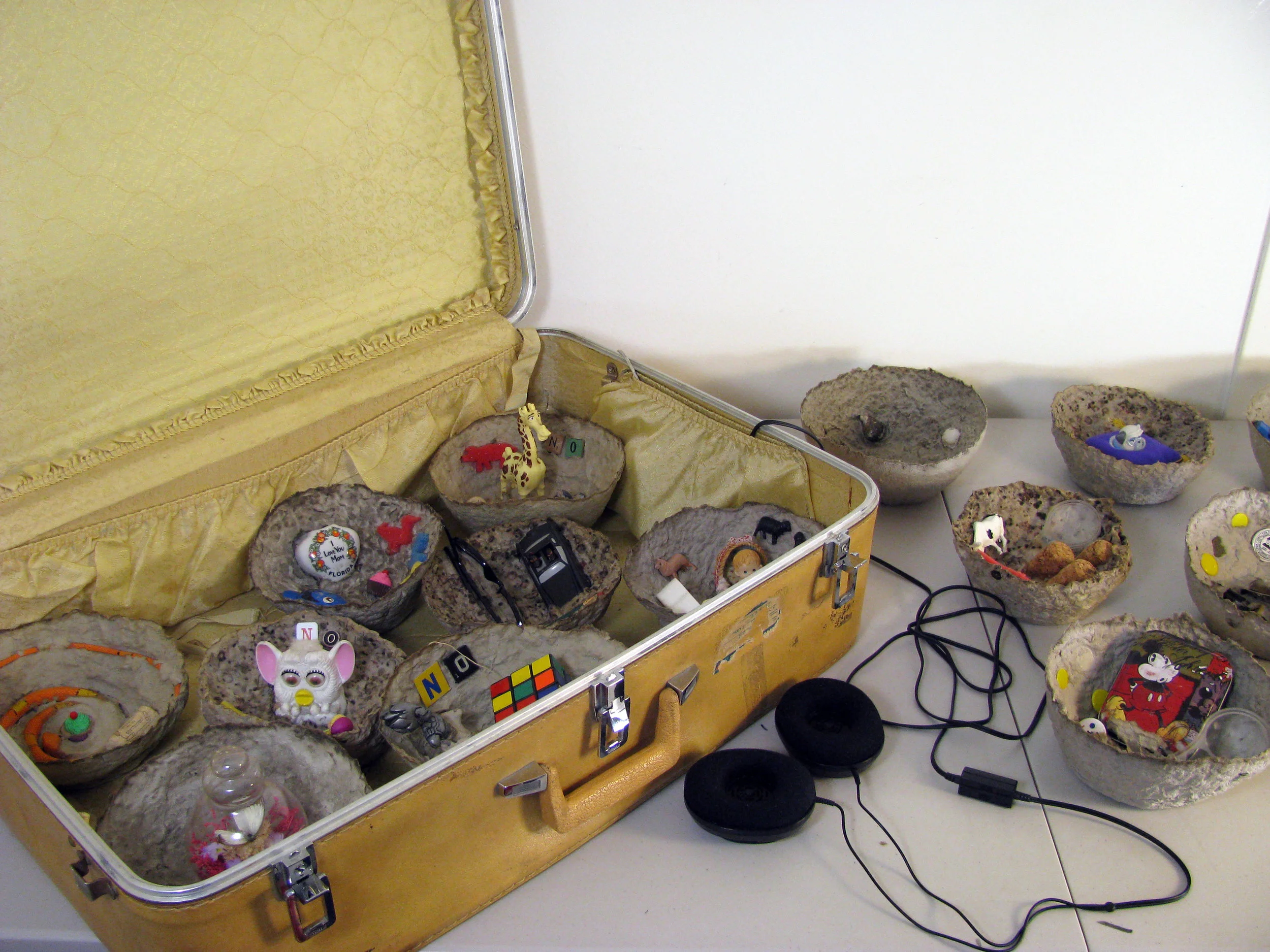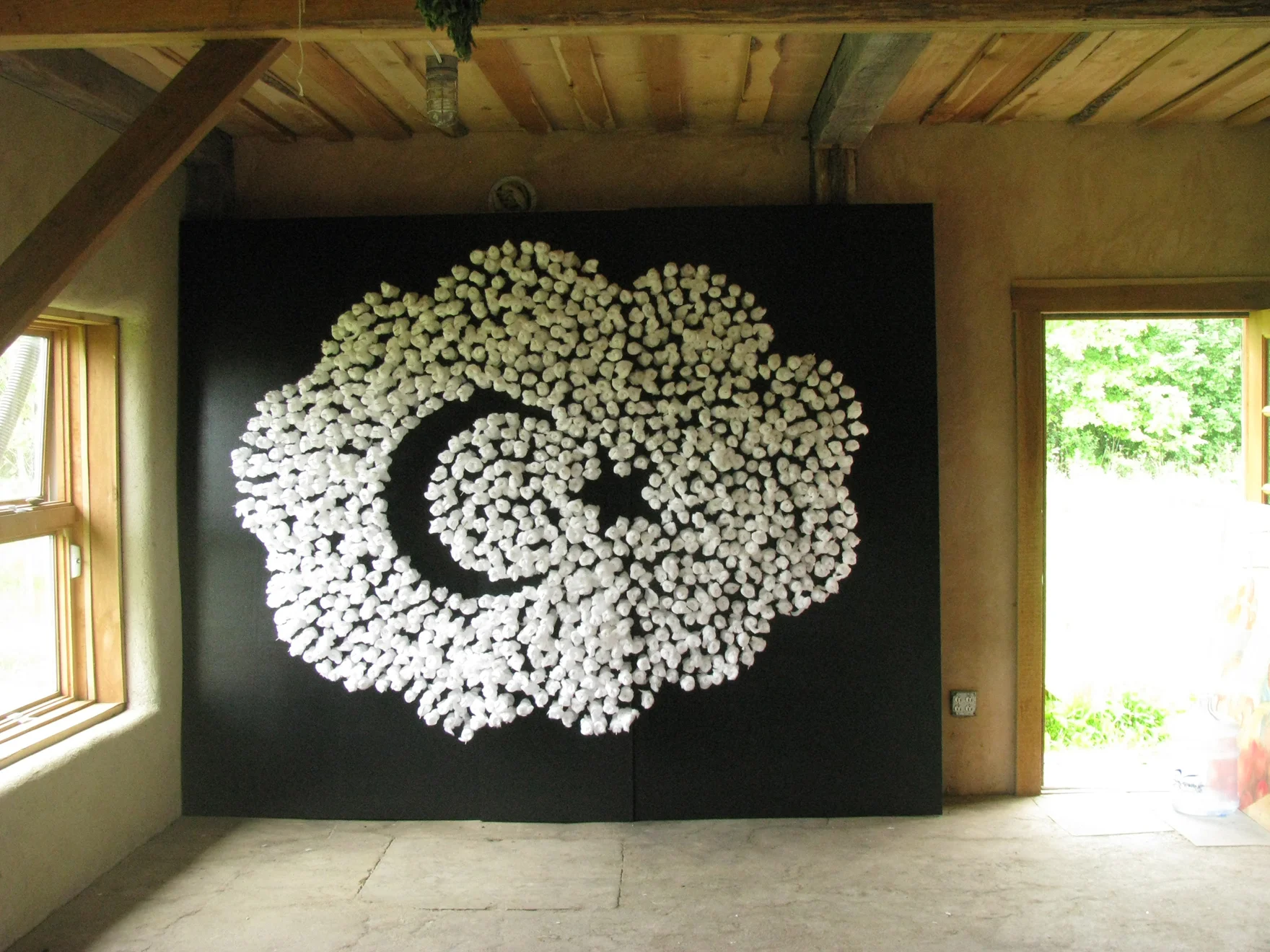Genocide Exhibition (2013)
Ukrainian Institute of Modern Art in Chicago
Curated By Stanislav Grezdo
Coined by combining the Greek word genos (race, people) and the Latin word cīdere (to kill) [1], the word genocide implies a deliberate and systematic destruction of a racial, political, or cultural group [2]. However, motivations for genocide can be traced to the core narratives of nations and their desire to act on them as way of defining their national identity.
But, when does a genocide get labeled “act of war” and evades being called genocide? When can a nation get away with genocide and never have to justify its acts? If the victor deliberately acts with intent to destroy a nation in whole or in part, is that still genocide? Or does the victor get to write history and ignore the label genocide?
The years leading up to the second world war and the war itself brought out the worst in humanity; the holocaust, the Nanking massacre, the Holodomor genocide, the use of atomic weapons, and much more. Though most of these atrocities have become stains on the perpetrating nations, we Americans have been able to evade the responsibility of deliberately and systematically destroying Hiroshima and Nagasaki with atomic bombs. Often hiding behind unsubstantiated claims of saving lives, we have justified the eradication of 2 cities and their populations.
At one in point of our history we declared that we will never be defeated, will never lose a war [3]. This idea has become the core of our national identity. Using our technological and industrial advantage we have employed weapons such as atomic bombs to achieve our ultimate goal of never being defeated. For these ends we have employed means that go against the grain of how we see ourselves, as kind, caring, and compassionate people.
For the Genocide exhibition, I am presented a project titled What Was It?, that invites spectators to question our atomic legacy and contrast it against our national identity as compassionate, loving people. By juxtaposing a “clean” environment – white walls, defined floors, good lighting, etc. - against objects that have been altered, looking ghostly I highlighted the conflicting values, inviting viewers to contemplate. The altered objects are from daily life and tell simple stories, such as chairs, folded clothes, shoes, paintings, accompanied by shadows of people that have vanished, turning into shadows the same way that happened in Hiroshima.
1- http://en.wikipedia.org/wiki/Genocide
2- http://www.merriam-webster.com/dictionary/genocide
3- http://www.theatlantic.com/magazine/archive/2013/01/the-real-cuban-missile-crisis/309190/

















































































































































































